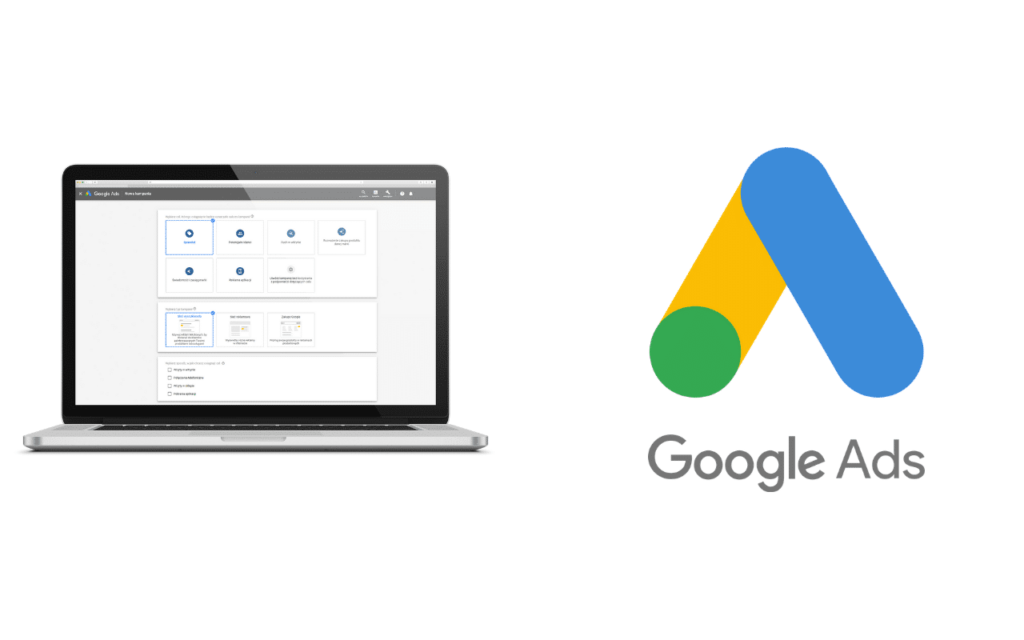
Here are 25 Google Ads tips and tricks that can help optimize your campaigns for better performance, increase return on investment (ROI), and improve efficiency:
1. Keyword Research
- Use the Google Keyword Planner to find relevant keywords with high search volume and low competition.
- Utilize long-tail keywords to attract more specific and often cheaper traffic.
2. Negative Keywords
- Regularly update your negative keyword list to filter out irrelevant traffic and prevent wasted ad spend.
3. Match Types Matter
- Use a combination of broad match, phrase match, and exact match to balance reach and targeting.
- Test different match types to find the best fit for your goals.
4. Optimize Ad Copy
- Include keywords in your ad headlines and descriptions to improve relevance and Quality Score.
- Create compelling call-to-actions (CTAs) that encourage clicks (e.g., “Buy Now,” “Get a Quote,” etc.).
5. Use Ad Extensions
- Implement ad extensions such as sitelinks, call extensions, location extensions, and more to improve visibility and CTR.
- Regularly update and optimize ad extensions to stay relevant.
6. Quality Score Optimization
- Focus on improving your Quality Score by increasing ad relevance, expected CTR, and improving landing page experience.
- Higher Quality Scores lead to lower cost-per-click (CPC) and better ad positioning.
7. Mobile Optimization
- Ensure your ads and landing pages are mobile-friendly to capture traffic from mobile devices.
- Create mobile-specific campaigns with tailored ad copy and bids.
8. Use Remarketing
- Set up remarketing campaigns to target users who have previously visited your site, helping to increase conversions.
- Use dynamic remarketing for e-commerce to show users products they viewed but didn’t purchase.
9. Conversion Tracking
- Install Google Ads conversion tracking on your website to monitor which ads are driving sales or leads.
- Regularly review the data and optimize underperforming campaigns.
10. A/B Test Ads
- Test different versions of your ads (headlines, descriptions, CTAs) to see what resonates best with your audience.
- Continually run A/B tests and use data to improve your ads.
11. Use SKAGs (Single Keyword Ad Groups)
- Create Single Keyword Ad Groups (SKAGs) to improve relevance and Quality Score by targeting one keyword per ad group.
- Tailor your ad copy and landing page specifically for that keyword.
12. Audience Targeting
- Use in-market and affinity audiences to reach users actively researching or interested in your products.
- Use custom audiences to target based on specific interests or behaviors.
13. Geo-Targeting
- Use location targeting to focus on regions or cities where you’re more likely to convert or see a higher ROI.
- Set bid adjustments based on geographical performance data.
14. Adjust Bids by Time and Day
- Analyze performance by time and day, then use ad scheduling to run ads only during the best-performing hours.
- Use bid adjustments to increase or decrease bids based on time of day performance.
15. Monitor Search Terms
- Regularly review the search terms report to identify new keyword opportunities and add irrelevant terms as negative keywords.
16. Automate Bidding with Smart Bidding
- Use Smart Bidding strategies like Target CPA (Cost Per Acquisition) or Target ROAS (Return on Ad Spend) to automate bid optimization based on your goals.
17. Use Responsive Search Ads
- Create Responsive Search Ads (RSAs) which allow Google to test multiple headlines and descriptions to find the best combination for your audience.
18. Leverage Dynamic Search Ads (DSAs)
- Use Dynamic Search Ads to automatically generate ads based on your website’s content. This can help fill in keyword gaps and drive more traffic.
19. Optimize Landing Pages
- Ensure your landing pages are fast, relevant, and conversion-optimized. Use tools like Google PageSpeed Insights to test and improve load times.
20. Focus on Ad Group Structure
- Keep your ad groups tightly themed. Having too many keywords in one ad group can dilute relevance and impact Quality Score.
21. Use Budget Smartly
- Avoid spreading your budget too thin. Focus on fewer, well-optimized campaigns to drive better results.
- Regularly reallocate budget from underperforming campaigns to the ones with higher ROI.
22. Bid for Top of Page
- Aim for a high ad position by increasing bids where necessary, especially on highly competitive keywords. Ads that appear at the top of the page usually get the most clicks.
23. Test Dynamic Keyword Insertion (DKI)
- Use Dynamic Keyword Insertion to automatically insert the searcher’s query into your ad copy, making it more relevant and improving CTR.
24. Segment Campaigns by Device
- Create device-specific campaigns (desktop, mobile, and tablet) and adjust bids based on how each device performs.
25. Regular Campaign Audits
- Conduct regular Google Ads audits to identify inefficiencies and areas of improvement, such as ad performance, keyword effectiveness, or budget usage.
By leveraging these tips and tricks, you can improve the overall performance of your Google Ads campaigns, drive more targeted traffic, and maximize your return on investment (ROI).




